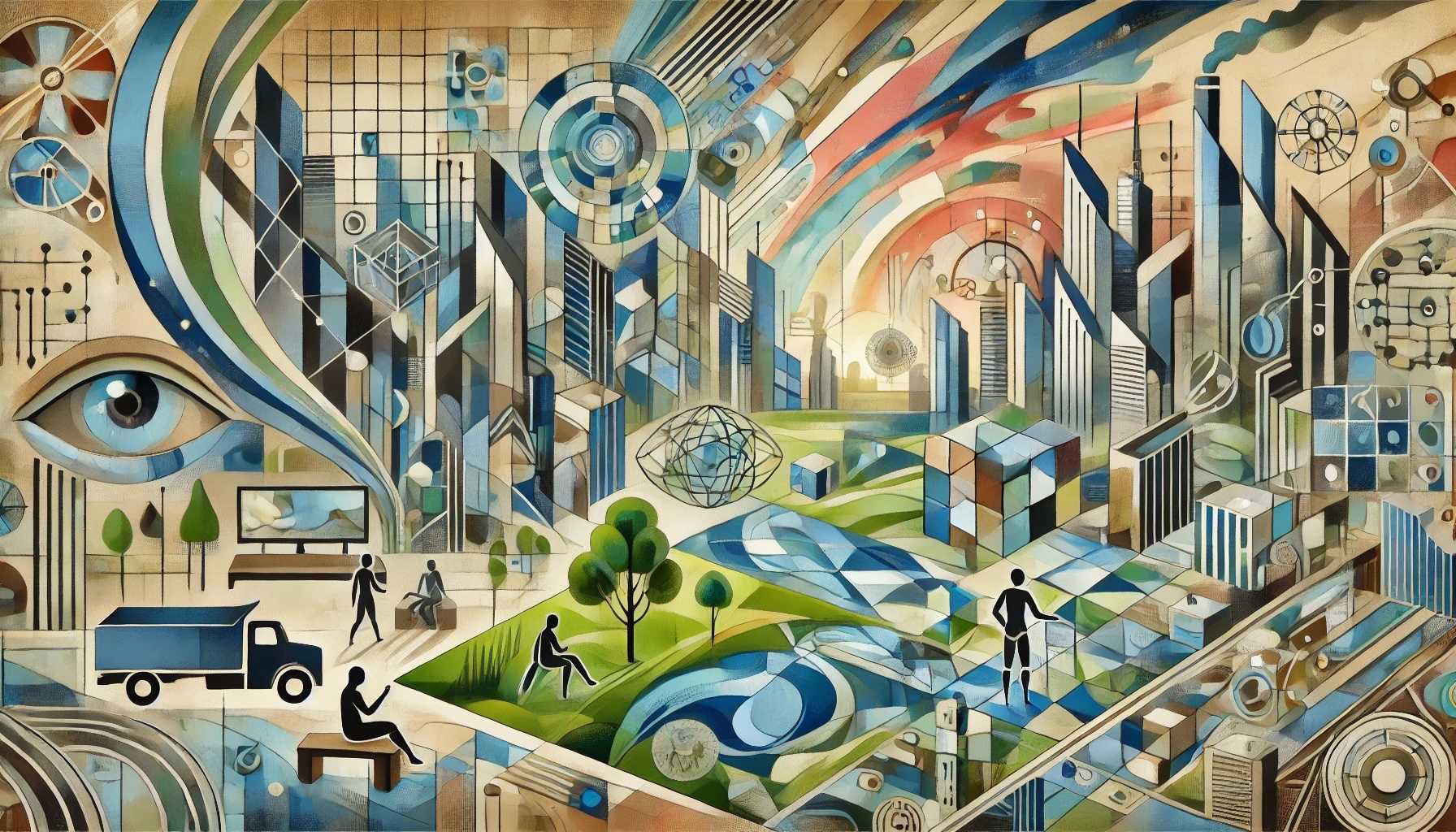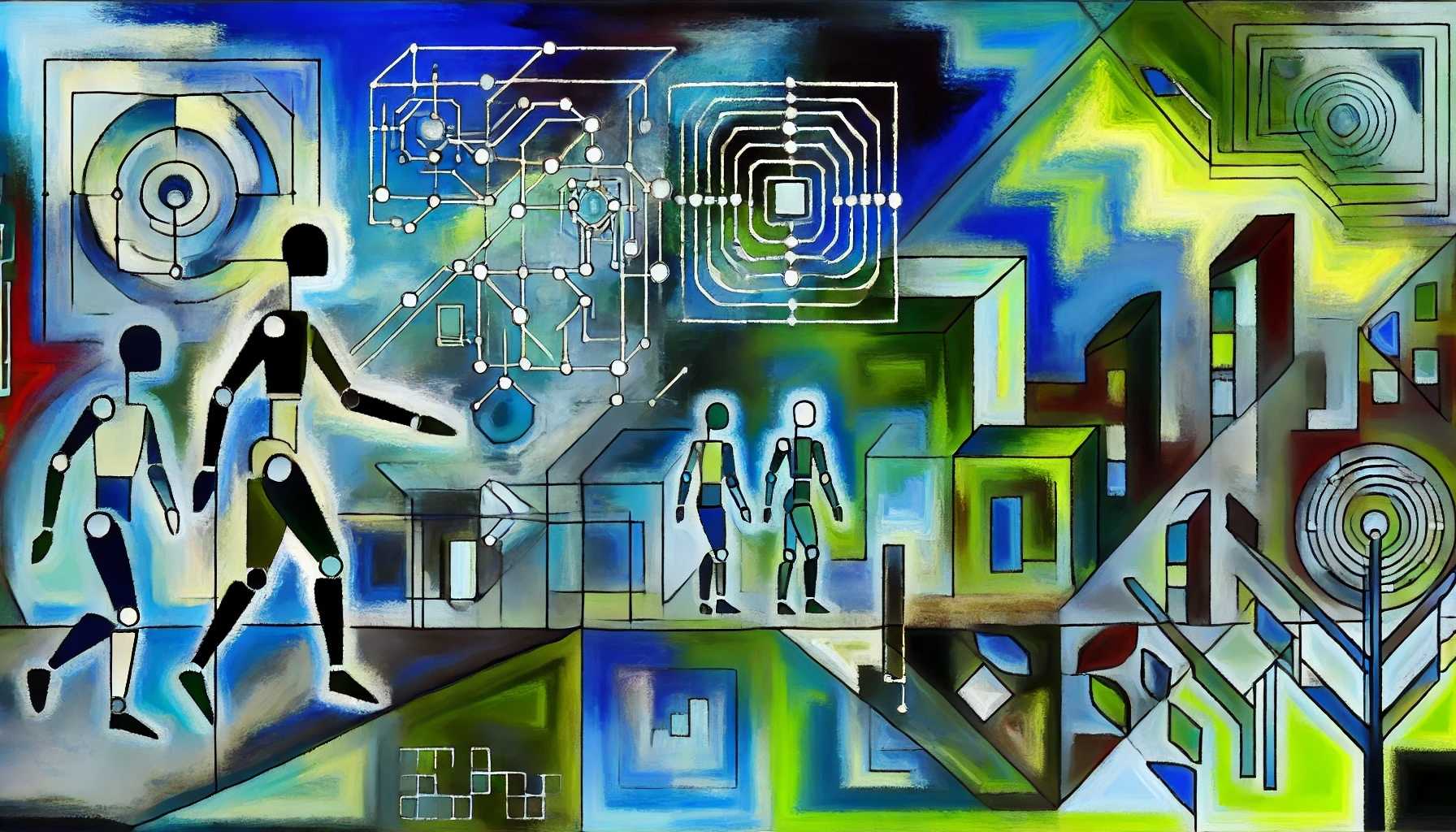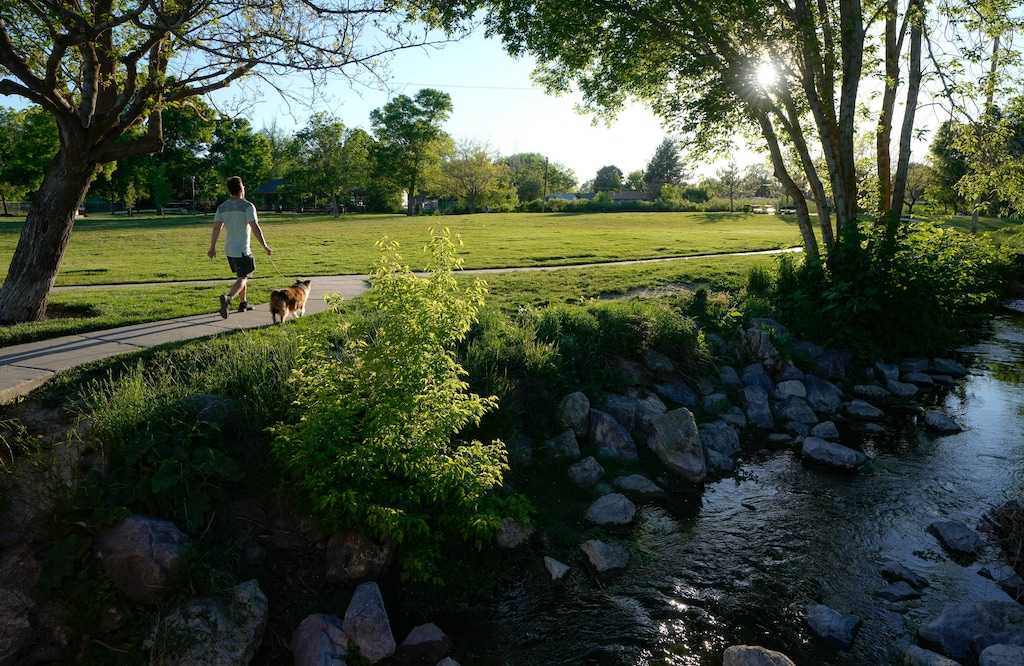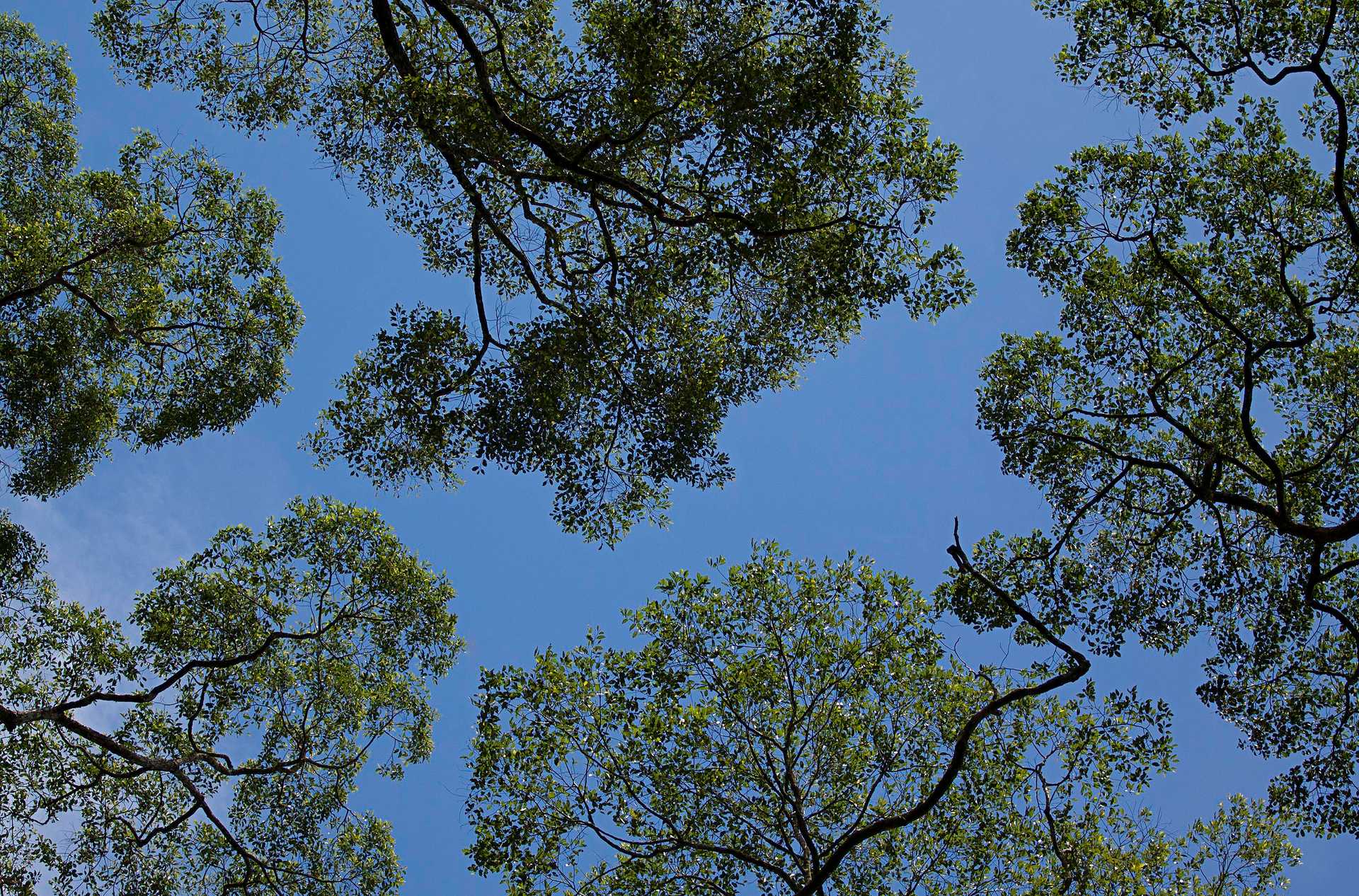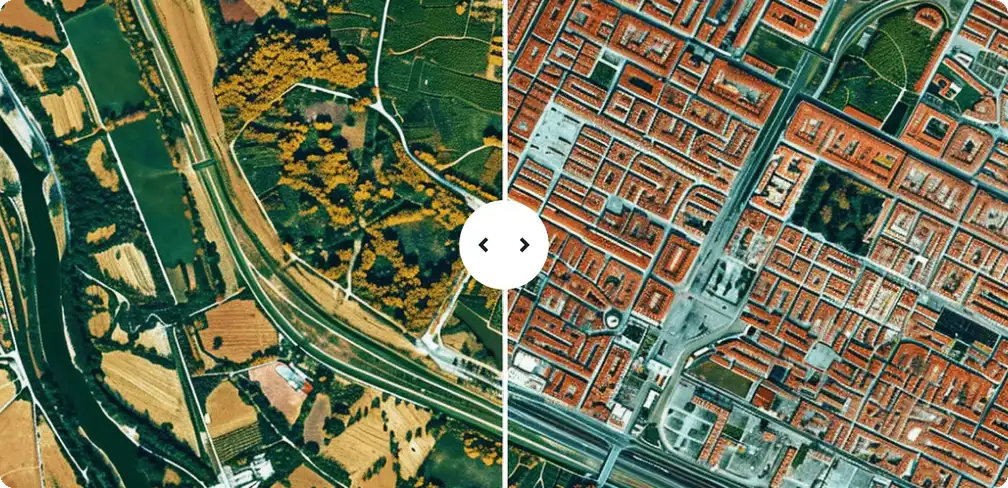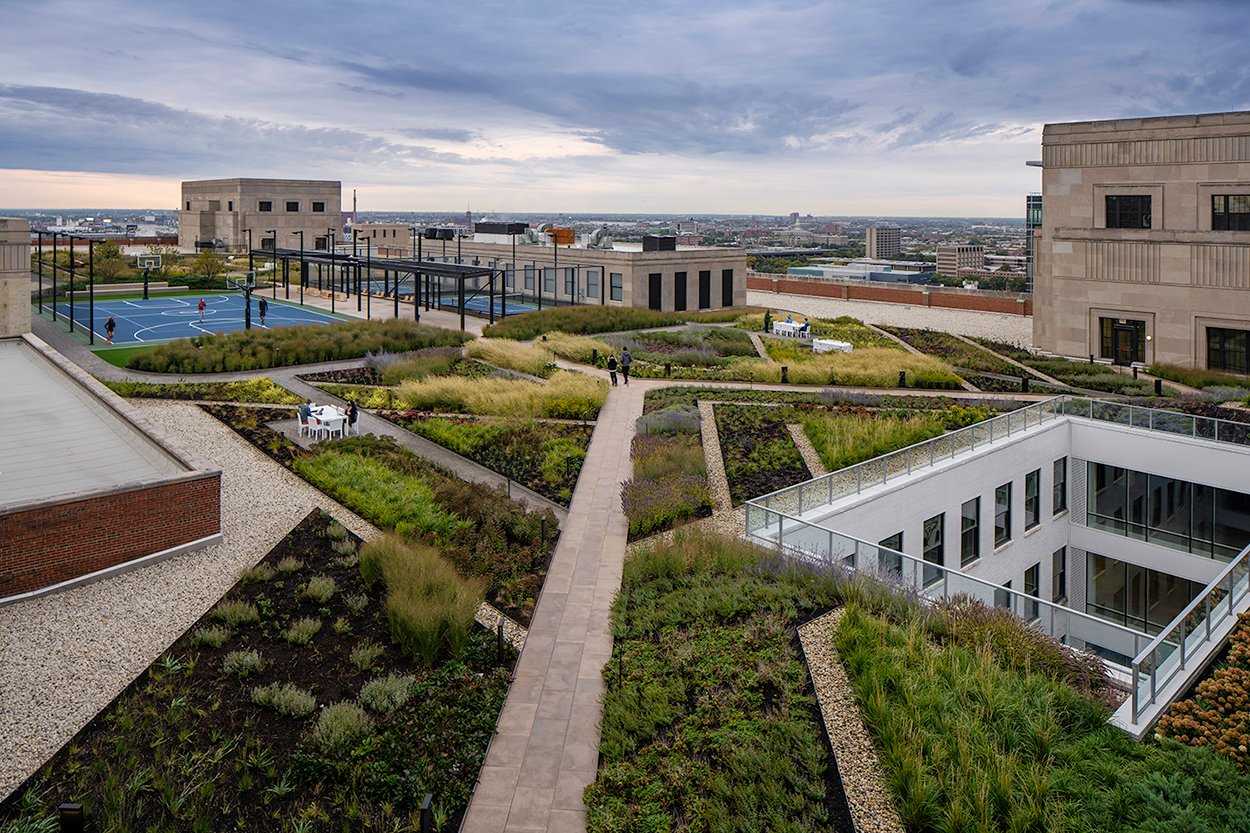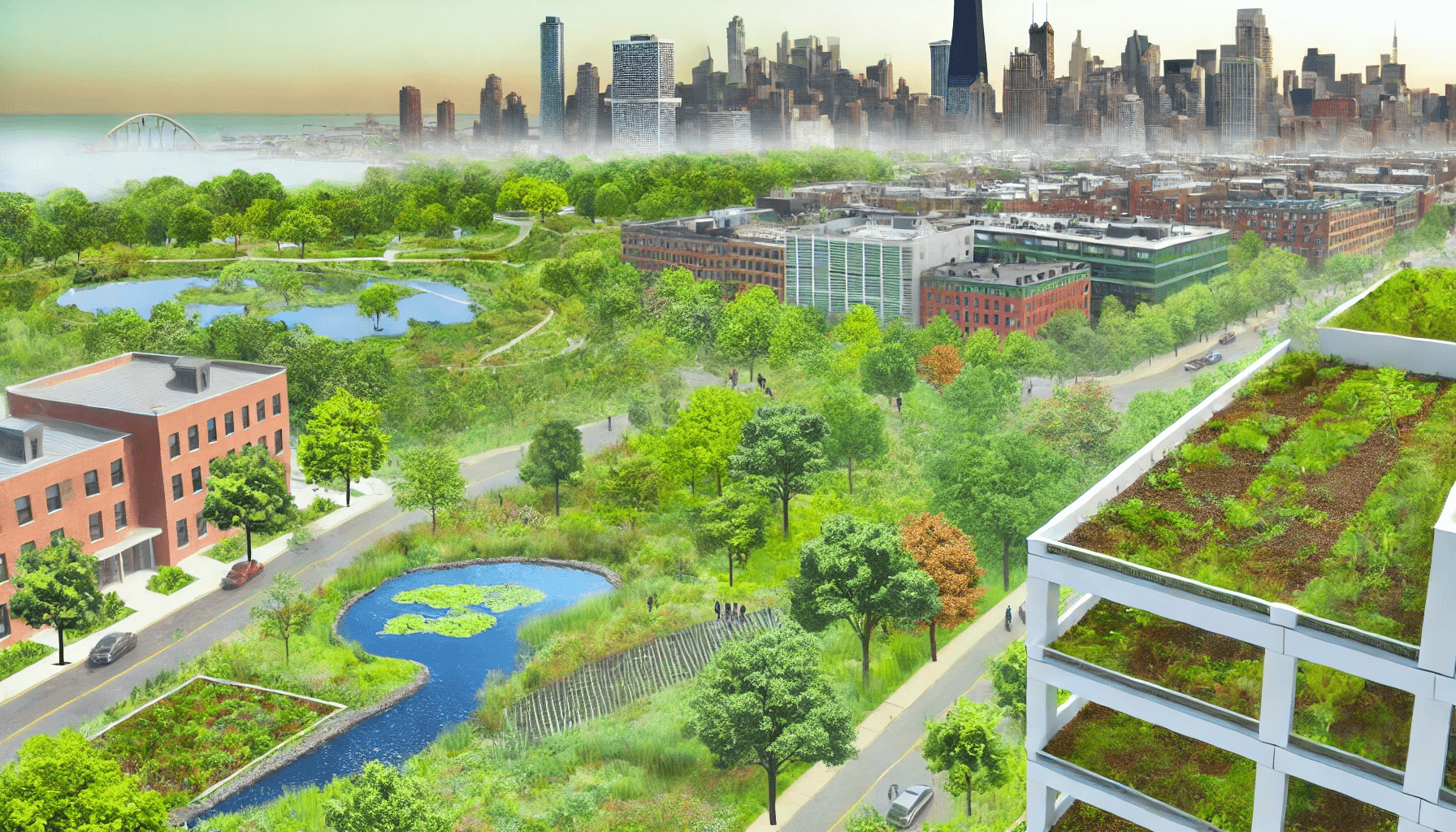
Surprising tech of nature-based solutions
From crafted to data-powered landscapes.
How likely? How soon? What impact?
Even as nature-based solutions supplant traditional infrastructure designs, swapping green elements for gray materials, technology's role in this approach to adaptation is growing more important. The design of green infrastructure will engage ever-more sophisticated computational models to calculate performance and measure the co-benefits it will provide. Once green assets are in places, advanced sensing technologies will power high-resolution mapping and AI-enabled analysis will provide the ability to monitor vegetation growth, reduced storm water flows, and other key performance indicators. In time, autonomous vehicles and robots will play important roles in monitoring and actively managing nature-based solutions - putting out fires, plugging leaks, and keeping tabs on plants and animals in the name of biodiversity.
This digital stewardship of urban nature marks a shift from passive observation to active, technology-driven management of city ecosystems. And more often, data-driven experiences that connect people to nature's health benefits will create virtuous feedback loops that lead us to value nature more and invest in regeneration. However, this trend raises concerns about e-waste and the risks of oversimplified ecosystem management. As cities invest in these technologies, they must develop new planning methodologies that maximize benefits while mitigating potential negative impacts on urban biodiversity.
Personalized Insights
How might this trend shape your future? Generate a set of personalized insights to explore challenges, opportunities, and potential innovations. Simply select a sector, occupation, and target year — then press the button and let our AI do the work.
Generator Settings
Signals
Signals are evidence of possible futures found in the world today—technologies, products, services, and behaviors that we expect are already here but could become more widespread tomorrow.
